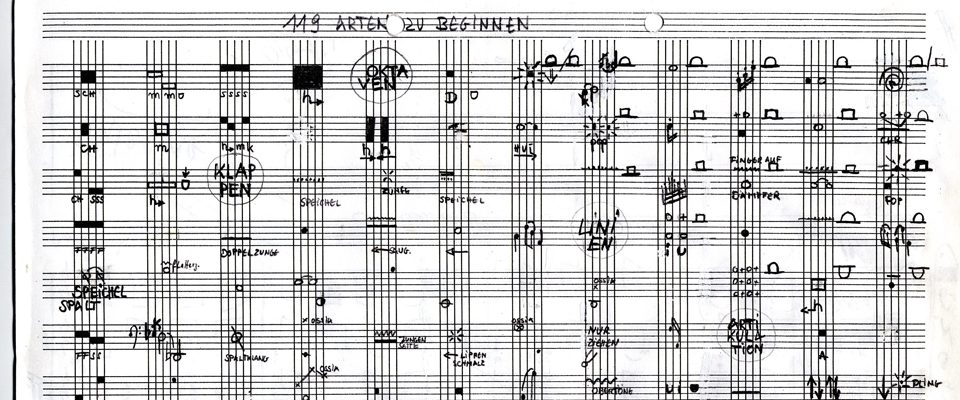
Carl Ludwig Hübsch
Artist Statement
Compositionally, my two basic points are
– lines of all kinds and their transformation | transfer into sonic events
– a seamless combination of improvisation and interpretation
About composition, improvisation, and interpretation
I define three levels of describing improvised music. Emotional, structural, and based on communication.
In the analysis of notated contemporary music, the critical review of the structure allows us to understand the composers’ ideas and to build a differentiated opinion about his/her philosophy. In improvised music, on the other side, just describing the structure doesn’t really lead to any differentiation about what the music might mean beyond the like or dislike of how it sounds.
This is why I do research and indexing of methods of interaction between improvising musicians. By use of communication models, e.g. like Schulz von Thun, the informational and emotional flow between the players can be described. But this needs to be also discussed with the performing musicians. This happens in recording sessions, but also before or after concerts.
While at Headlands
During my residency at Headlands, I intend to write a composition (title could be “fog” or “various head lands”), which will reflect the situation on site, like e.g. the rhythms given by natural events or the geographic situation. Probably I will stumble across some lines which I will sonificate. The composition might feature not only interpretation, but also improvisation. In this aspect I hope to profit from the highly active improvisational music scene in the Bay Area. If time allows me to, I will continue to work on my interview series with improvising musicians (see blog.huebsch.me) These interviews are about improvising musicians and their understanding of communication within improvisation.
The sound sample is a sonification of the Serbian-Hungarian border line, which was closed for refugees in September 2015.